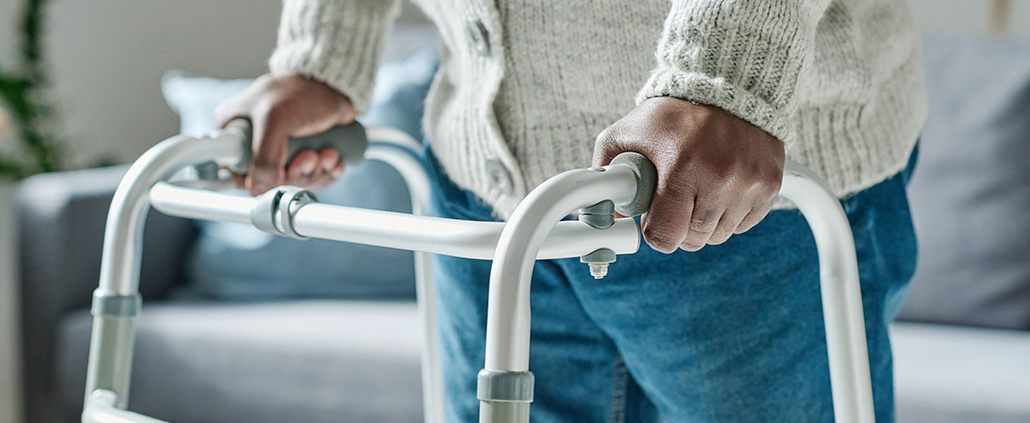Adapting to Change: How Physical Therapy Helps Seniors Cope with Age-Related Physical Challenges
Life is a journey of constant change, and as we age, our bodies undergo transformations that can present new physical challenges. Adapting to these changes is a key aspect of maintaining a fulfilling and active lifestyle. Here we’ll explore the pivotal role of physical therapy in helping seniors navigate age-related physical challenges, with a particular focus on the importance of balance training and fall prevention.
Embracing Change: The Dynamics of Aging
Aging is a natural and inevitable process that brings both wisdom and physical transformations. As seniors gracefully navigate the golden years, they often encounter challenges such as diminished muscle strength, joint stiffness, and changes in balance—all of which can impact daily activities and increase the risk of falls.
Balance Training: A Foundation for Wellness
One of the cornerstones of age-related physical challenges is the decline in balance. The importance of balance training for seniors cannot be overstated. Physical therapy provides a structured and personalized approach to address this issue, recognizing that a strong foundation in balance is key to maintaining mobility and preventing falls.
Understanding the Role of Physical Therapy
- Comprehensive Assessments: Physical therapists conduct thorough assessments to identify specific challenges seniors may face. This includes evaluating muscle strength, joint flexibility, and assessing current balance and coordination levels.
- Tailored Exercise Programs: Based on the assessment, physical therapists design personalized exercise programs that target areas of weakness and focus on improving balance. These programs often include a mix of strength-building exercises, coordination drills, and activities to enhance stability.
- Fall Prevention Strategies: Physical therapists work with seniors to develop strategies for fall prevention, which may include environmental modifications, education on safe movement patterns, and exercises to improve reaction time and reflexes.
Adapting to Change Through Balance Training
The adaptability of the human body is remarkable, and physical therapy serves as a guide for seniors looking to embrace change with resilience and grace. By incorporating balance training into their routine, seniors can:
- Reduce the Risk of Falls: Improved balance significantly reduces the risk of falls, promoting safety and preventing potential injuries.
- Enhance Confidence: As seniors gain better control over their movements, confidence naturally follows. This newfound confidence empowers them to engage in various activities without the fear of losing balance.
- Maintain Independence: The ability to move confidently and independently is a crucial aspect of senior well-being. Balance training through physical therapy contributes to sustaining this independence.
Navigating Change with Physical Therapy
Adapting to age-related physical challenges is a journey that can be navigated with the support of physical therapy. By prioritizing balance training and fall prevention strategies, seniors can proactively address and overcome these challenges. Physical therapy not only provides a roadmap for improving physical well-being but also fosters a positive mindset, allowing seniors to approach change with resilience and a sense of empowerment. Embrace the guidance of physical therapy, and discover how adapting to change can be a fulfilling and enriching part of the aging process.



